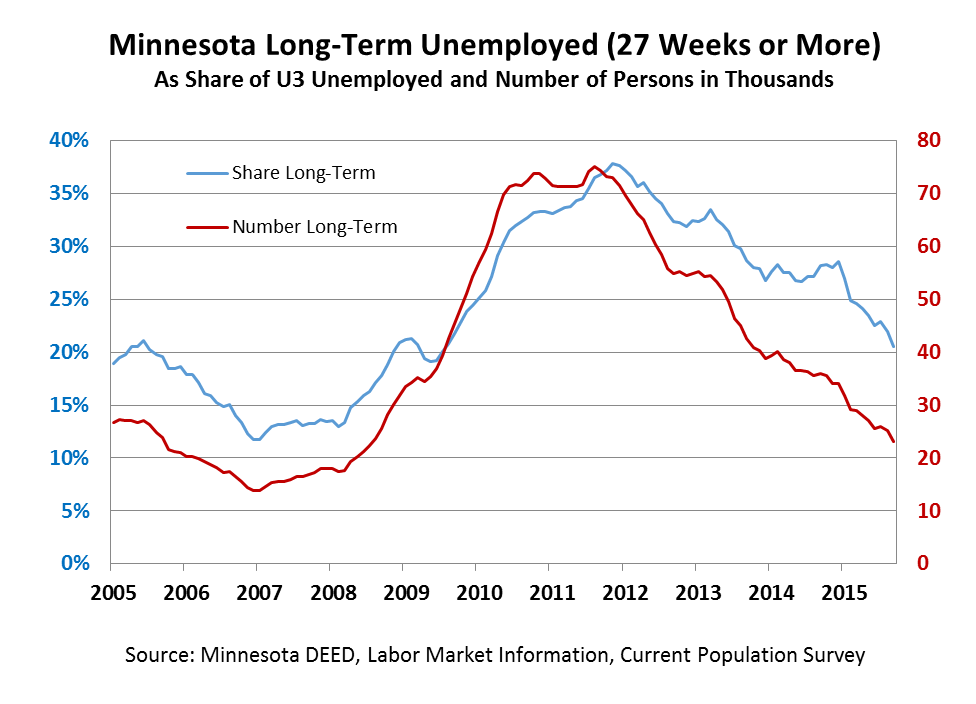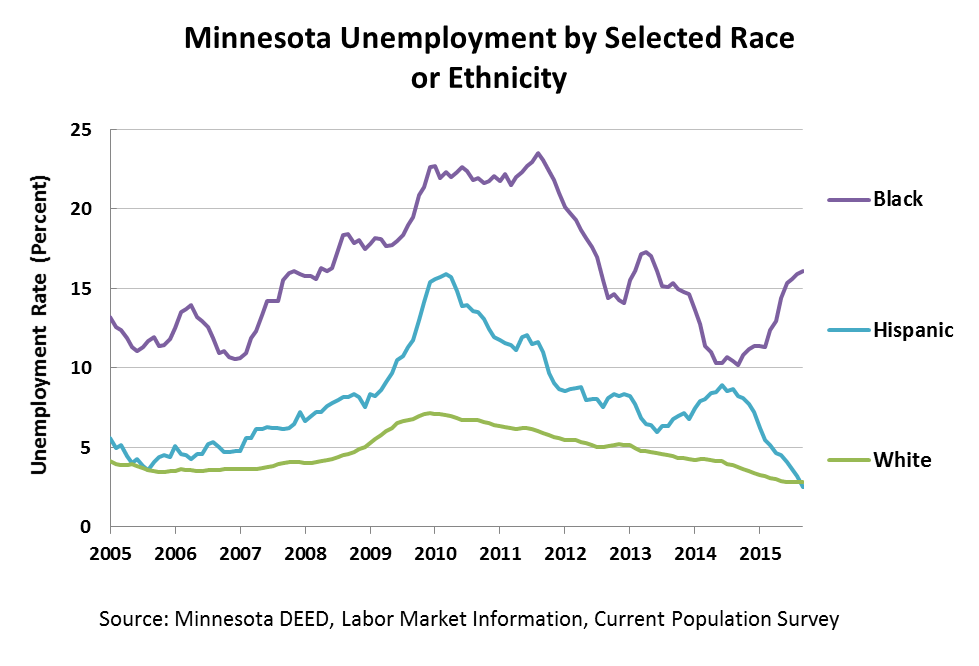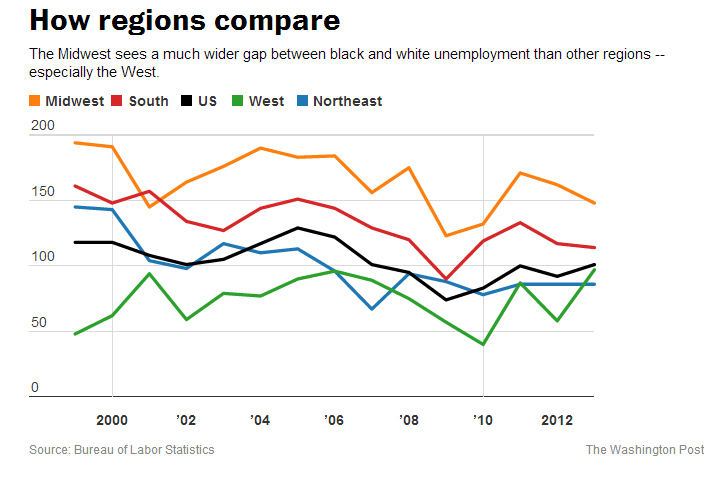Lies. Damned lies. Statistics.
Once a month, Benjamin Disraeli’s characterization of the power of numbers is on display when economists release unemployment figures.
The Minnesota unemployment rate dipped to 3.8 percent in September. That would appear to be good news. More than 5,000 jobs were lost. That would appear to be bad news.
What are we supposed to do for context with statistics like this?
Minnesota has added more than 235,000 jobs since hitting the low point of the recession in September 2009,” DEED Commissioner Katie Clark Sieben said in today’s press release. “Despite last month’s job losses, six of the state’s major employment sectors are up from a year ago.”
She’s not lying. The unemployment picture looks brighter than it did a year ago, unless you work in government (down 3,709 jobs), construction (down 2,170 jobs), uncategorized services (down 1,615), logging and mining (down 429), and information (down 357).
If you’re in health care, trucking, or the leisure and hospitality industry, the chances are you’re working.
But that still doesn’t tell the whole story.
DEED breaks down the numbers further. And things look mostly bright in the big scheme of things.
No matter how long you’ve been out of work…
or how old you are or what your gender is…
… things look pretty bright.
There’s one exception to this brightness. This one. Race.
That’s an incredible graphic. For blacks/African-Americans, unemployment in the last year has jumped from 10.2 percent a year ago to 16.1 percent now.
In a state that is one of the nation’s economic bright spots, it’s even more stunning when you consider that nationwide the unemployment rate for blacks/African-Americans is a little over 11 percent.
The unemployment rate for blacks/African-Americans is nearly 6 times that for whites.
Historically — and this is nationwide — the largest difference between white and black unemployment was almost three times; that was in February 1989.
One of the reasons for big differences between state and national rates is some states have such small black populations that the comparison doesn’t work. So last month, the Washington Post calculated the rates regionally.
The worst unemployment gap? The Midwest.
A 2013 report suggested that causes for the disparity include a younger black/African-American workforce (the Minnesota black/African-American workforce is much younger than the national black/African-American workforce), lower levels of education, and the disparity between African-Americans and whites in regard to criminal records. It’s four times higher than the national average.
But that still doesn’t entirely explain what’s happening in this state in the last year that is affecting only blacks/African-Americans and not almost every other racial and ethnic group. Why have several years of decline suddenly reversed?
Steve Hine, the state’s best expert on the numbers, cautions that the number of households surveyed is smaller now and the unemployment number may be less accurate, “but it’s safe to say the black population in our state is not experiencing the same benefits of the recovery that other populations are.”
“I don’t put a great deal of confidence in the numeric change,” he said, “but I think they do strongly support the perception that comes from other data sources….that the economic lot of the black population is not improving.”
It adds additional support to a report last month that household income among blacks/African-Americans in Minnesota has plunged from 2013 to 2014.




